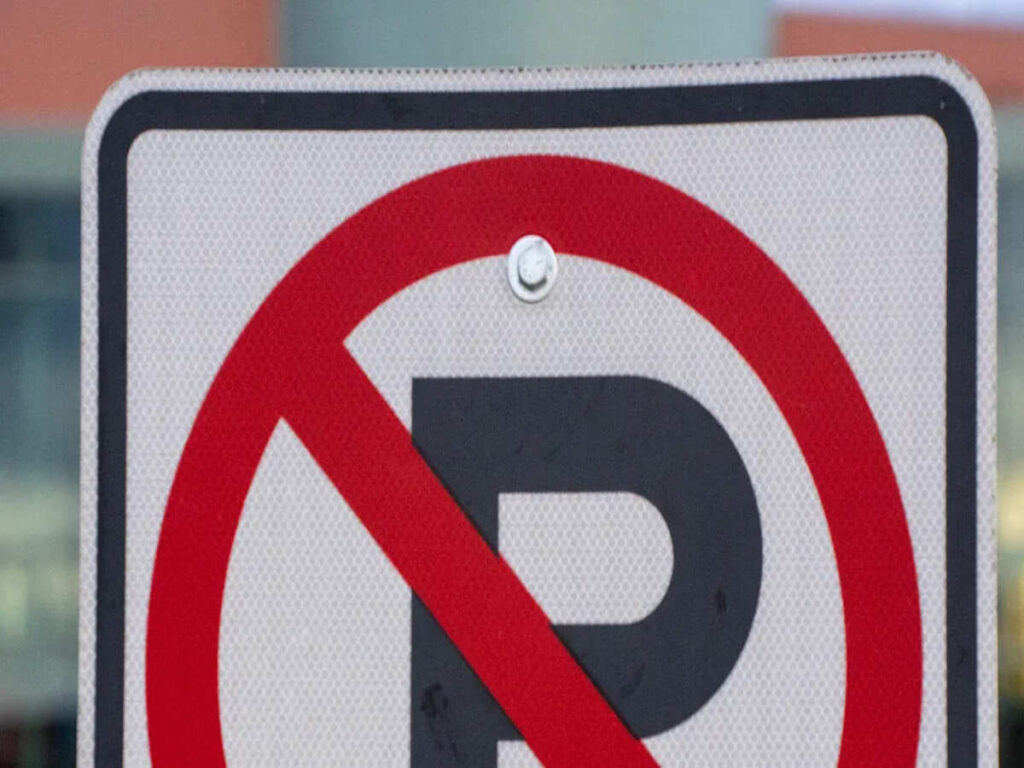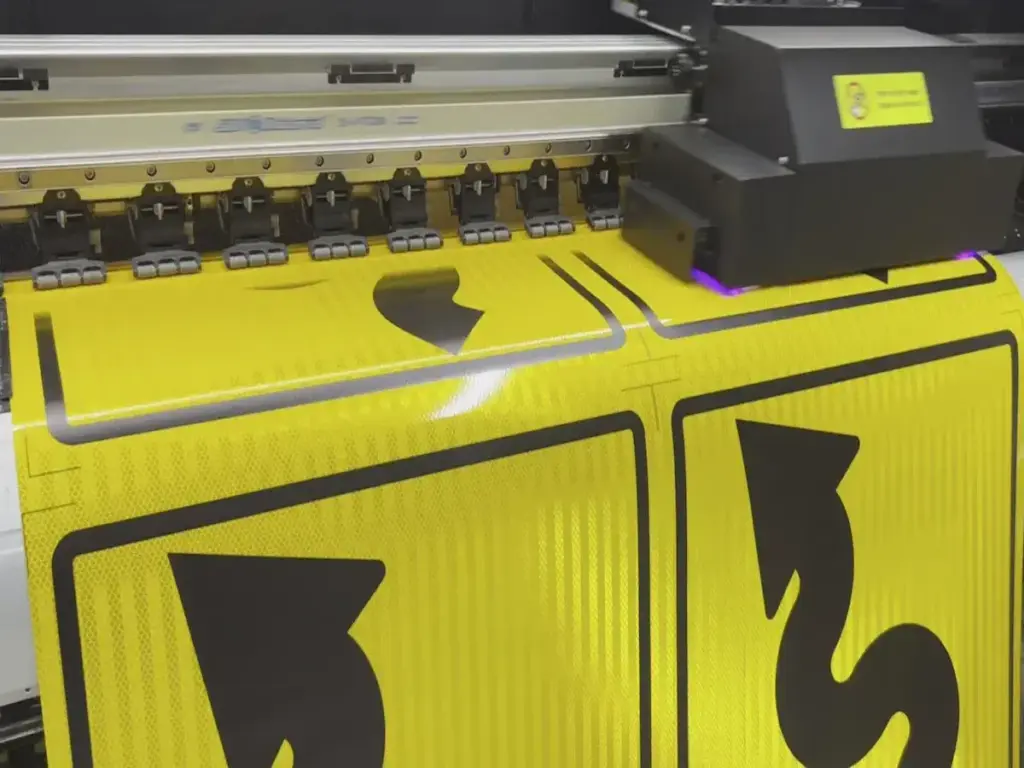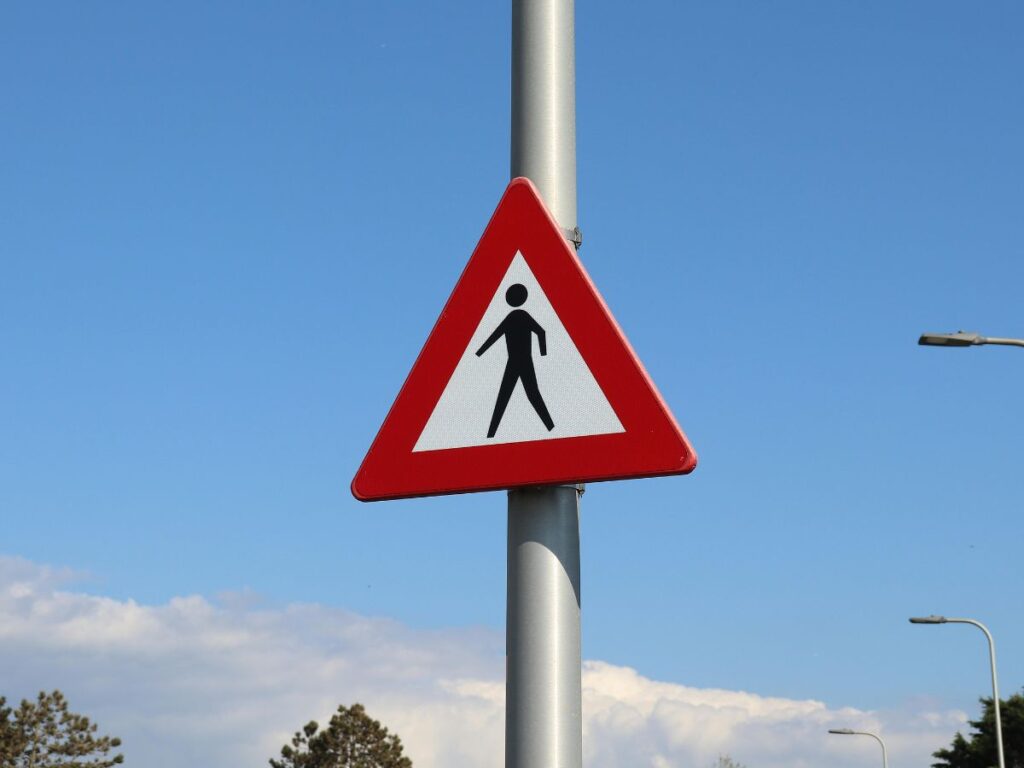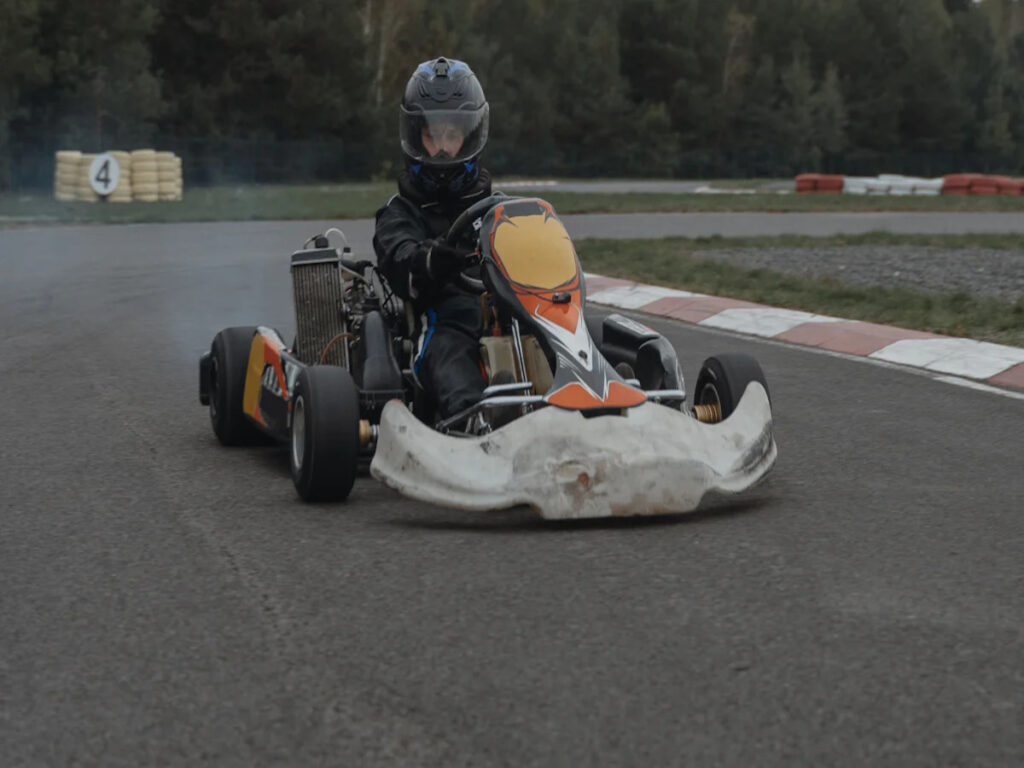
إتقان القيادة الضيقة مساحة يتطلب التحضير والجهد الثابت. توفر مخاريط المرور لممارسة القيادة طريقة فعالة لشحذ مهاراتك. تساعدك مخاريط القيادة هذه على محاكاة سيناريوهات العالم الحقيقي, السماح لك بالتعلم القيادة بدقة أكبر. وضع المخروط الاستراتيجي يعلمك التقنيات الأساسية, مثل وقوف السيارات الموازي, مع تحسين سيطرتك الشاملة أيضًا. من خلال ممارسة بانتظام, يمكنك تحسين قدرات مواقف السيارات والقدرات المناورة الخاصة بك. سواء كنت سائقًا جديدًا أو تعمل مع مدرب قيادة, هذه التمارين تبني الثقة وتعزز أسلوبك.
فهم تحديات القيادة الضيقة
لماذا تتطلب المساحات الضيقة الدقة
يتطلب القيادة في مساحات ضيقة مستوى عالٍ من الدقة. هذه المناطق لا تترك مجالًا كبيرًا للخطأ, مما يجعل من الضروري لك التحكم في سيارتك بدقة. سواء كنت تتنقل في أماكن وقوف السيارات الضيقة أو تستعد لاختبار القيادة, كل حركة مهمة. يمكن أن يؤدي سوء تقدير صغير إلى ضرب عقبة أو فشل في إكمال المناورة.
يساعدك التدرب في المساحات الضيقة على تطوير الوعي المكاني. تتعلم الحكم على المسافات بين سيارتك والأشياء المحيطة بها. تصبح هذه المهارة حاسمة أثناء تقييم الفضاء, حيث يجب عليك تحديد ما إذا كانت سيارتك يمكن أن تتناسب مع منطقة معينة. من خلال التركيز على الدقة, يمكنك تحسين قدرتك على التعامل مع تحديات العالم الحقيقي, مثل مواقف الموازية أو الانعكاس في بقعة محصورة.
المهارات الرئيسية للنجاح في المساحات الضيقة
للنجاح في القيادة الضيقة الفضاء, تحتاج إلى إتقان العديد من المهارات الرئيسية. أولاً, يجب أن تتطور ممتازة التحكم في التوجيه. تتيح لك الحركات السلسة والمتعمدة وضع سيارتك بدقة. ثانية, تدرب على استخدام المرايا بشكل فعال. تساعدك المرايا على مراقبة محيطك وتجنب العقبات أثناء المناورات. ثالث, اعمل على قدرتك على الانعكاس بثقة. يعد الانعكاس مطلبًا شائعًا في أماكن وقوف السيارات الضيقة وخلال اختبار القيادة.
يلعب التحضير دورًا حيويًا في بناء هذه المهارات. ممارسة منتظمة مع أ مدرب القيادة أو بمفردك يساعدك على تحسين تقنياتك. تحتاج أيضًا إلى التركيز على تقييم الفضاء. يتضمن ذلك تقييم أبعاد مكان وقوف السيارات أو مسار ضيق قبل محاولة الدخول إليه. بجهد ثابت, يمكنك تعلم القيادة في مساحات ضيقة وتمرير تحديات اختبار الطريق بسهولة.
دور مخاريط المرور لممارسة القيادة
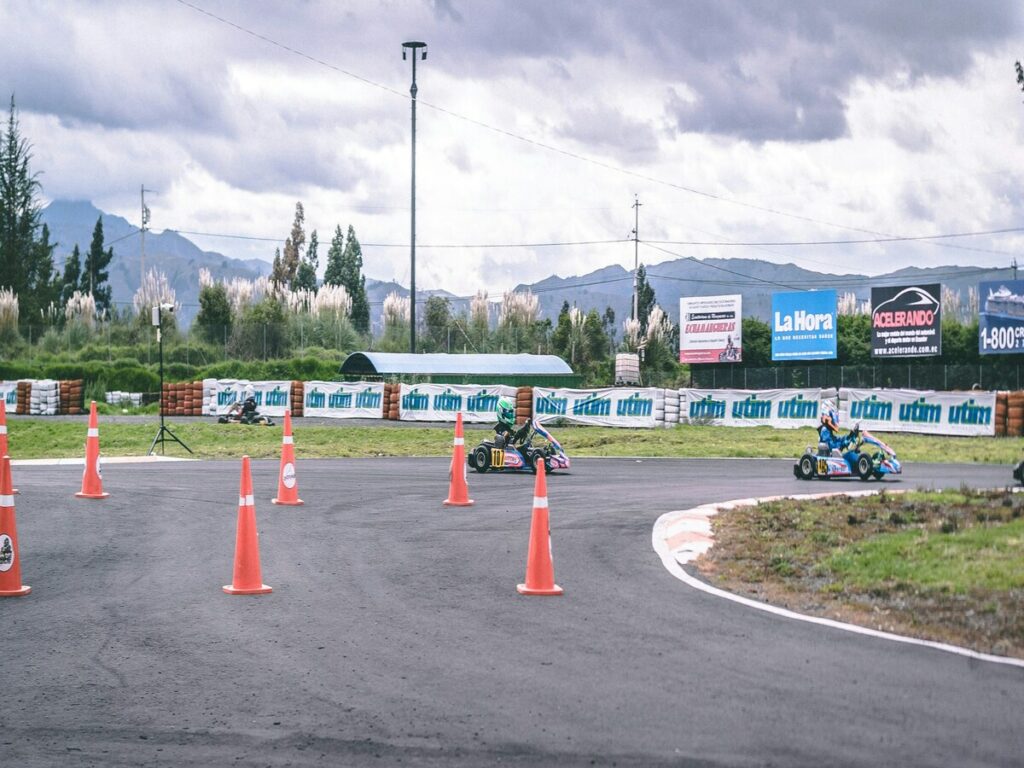
فوائد استخدام المخاريط لتنمية المهارات
توفر المخاريط المرورية لممارسة القيادة طريقة بسيطة ولكنها فعالة لتحسين مهارات القيادة الخاصة بك. تخلق هذه المخاريط بيئة محكومة حيث يمكنك التركيز على مناورات محددة دون انحرافات. من خلال التدريب مع ممارسات القيادة الممارسة, تكتسب الثقة في التعامل مع سيارتك في مساحات ضيقة. تترجم هذه الثقة إلى أداء أفضل خلال حالات القيادة في العالم الحقيقي.
يساعدك استخدام مخاريط حركة المرور أيضًا على تطوير ذاكرة العضلات. تكرار المناورات مثل عكس أو مواقف موازية لتدريبات جسمك للرد غريزي. متأخر , بعد فوات الوقت, هذه الإجراءات تصبح الطبيعة الثانية. تتيح لك المخاريط أيضًا قياس تقدمك. يمكنك ضبط موضعها لزيادة الصعوبة مع تحسن مهاراتك. هذا التحدي التدريجي يبقيك متحمسًا ويضمن نموًا ثابتًا.
لخيارات عالية الجودة, OptsIsns الأقماع حركة المرور ينصح بشدة. إن بناءها المتين وألوانها النابضة بالحياة تضمن السلامة وطول العمر خلال جلسات ممارسة القيادة الخاصة بك.
كيف تحاكي المخاريط سيناريوهات العالم الحقيقي
تقلب المخاريط المرورية لممارسة القيادة التحديات التي تواجهها على الطريق. أنها تمثل عقبات مثل السيارات المتوقفة, قيود, أو ممرات ضيقة. يساعدك التدرب على المخاريط في فهم كيفية التنقل حول هذه الحواجز بأمان. على سبيل المثال, يعلمك إعداد المخاريط لمحاكاة مساحة وقوف السيارات كيفية محاذاة سيارتك بشكل صحيح. هذه الممارسة تعدك لمواقف السيارات في الكثير المزدحمة أو في الشوارع المزدحمة.
المخاريط تعلمك أيضا الوعي المكاني. تتعلم الحكم على المسافات والزوايا, وهو أمر بالغ الأهمية لتجنب الاصطدامات. من خلال ممارسة المخاريط, يمكنك تجربة طرق مختلفة للمناورة. تساعدك هذه التجربة في العثور على تقنيات تعمل بشكل أفضل بالنسبة لك. إن المهارات التي تكسبها من ممارسة المخروط تجعل القيادة في العالم الحقيقي أقل تخويفًا وأكثر قابلية للإدارة.
OptsIsns الأقماع حركة المرور هي خيار ممتاز لممارسة القيادة, تقديم رؤية فائقة ومتانة. الاستثمار في optsigns يضمن المخاريط تجربة تدريب موثوقة وفعالة.
تقنيات وضع المخروط للممارسة الفعالة
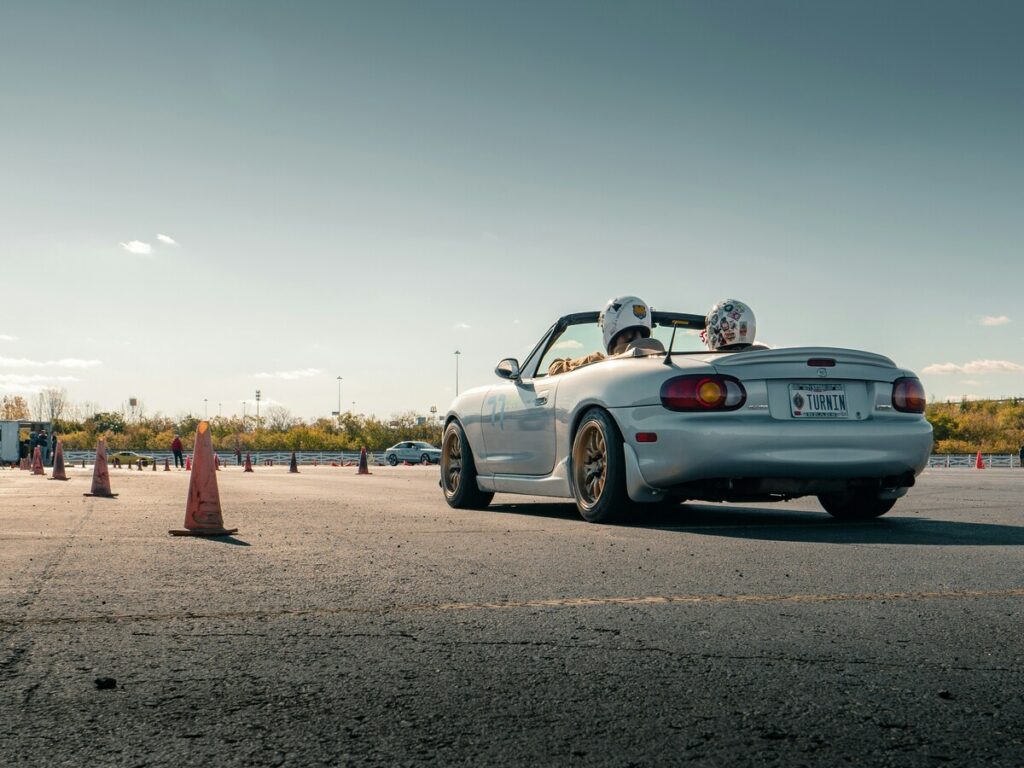
إرشادات عامة لوضع المخروط
الممارسة المناسبة قيادة المخروطية مخروطية ضرورية لممارسة القيادة الفعالة. ابدأ باختيار منطقة آمنة ومفتوحة, مثل موقف السيارات الفارغ. هذا يضمن أن لديك مساحة كافية للتركيز على مناوراتك دون انحرافات. ضع الممارسة في قيادة الأقماع على مسافة تتطابق مع سيناريوهات العالم الحقيقي. على سبيل المثال, عند ممارسة وقوف السيارات الموازية, اضبط المخاريط لمحاكاة حجم مساحة لوقوف السيارات المتوسطة. هذا يساعدك على تطوير شعور واقعي بالوعي المكاني.
حافظ على التصميم البسيط في البداية. استخدم عدد أقل من المخاريط لتجنب الساحق في نفسك. مع تحسن مهاراتك, زيادة التعقيد عن طريق إضافة المزيد من الأقماع أو ضبط مواقفها. تأكد دائمًا من أن مخاريط حركة المرور مرئية من وضع القيادة الخاص بك. يتيح لك ذلك قياس المسافات بدقة وتخطيط تحركاتك بشكل فعال. الاتساق في التنسيب مهم أيضا. إن تكرار نفس الإعداد يساعدك على بناء ذاكرة العضلات وتحسين أسلوبك بمرور الوقت.
تكوينات لتعلم مواقف الموازية وغيرها من المناورات
لإتقان مواقف موازية, رتب الأقماع لتشكيل مساحة مستطيلة. يجب أن يكون الطول حول 1.5 أضعف حجم سيارتك, بينما يجب أن يسمح العرض بمناورة مريحة. ابدأ بوضع سيارتك بالتوازي مع الأقماع, ثم تدرب على الانعكاس في الفضاء. ركز على محاذاة سيارتك مع مخاريط حركة المرور وإجراء تعديلات دقيقة حسب الحاجة.
للمناورة الأخرى, مثل الانعكاس في بقعة ضيقة أو التنقل في نمط التعرج, اضبط موضع المخروط وفقًا لذلك. قم بإنشاء مسار ضيق مع مخاريط حركة المرور لممارسة القيادة لمحاكاة المنعطفات الضيقة. هذا يساعدك على ممارسة التحكم في التوجيه والحكم المكاني. لتمارين التعرج, ضع المخاريط في خط مستقيم مع تباعد متساوٍ. نسج من خلالهم لتحسين قدرتك على التعامل مع المنعطفات الحادة والحفاظ على السيطرة.
تجربة تكوينات مختلفة لتحدي نفسك. يستهدف كل إعداد مهارات محددة, ضمان اكتساب الثقة في سيناريوهات القيادة المختلفة. تدرب على استخدام مخاريط حركة المرور لممارسة القيادة بانتظام لتعزيز تقنيةك العامة والاستعداد لتحديات العالم الحقيقي.
تمارين عملية لتنمية المهارات
عكس ممارسة وقوف السيارات
عكس موقف المماطلة هي مهارة أساسية لأي سائق. هذه المناورة تساعدك على الوقوف في مساحات ضيقة بدقة. ابدأ باختيار منطقة آمنة, مثل موقف السيارات الفارغ, لممارستك. استخدم مخاريط ممارسة وقوف السيارات لتحديد كشك وقوف السيارات. يجب أن يكون المماطلة أكبر قليلاً من سيارتك لمحاكاة ظروف العالم الحقيقي.
ابدأ بوضع سيارتك بالتوازي مع مخاريط الطريق. استخدم المرايا ومهارات الملاحظة لتوجيه تحركاتك. انعكس ببطء في المماطلة مع الحفاظ على السيطرة على التوجيه الخاص بك. ركز على مواءمة سيارتك داخل حدود مخاريط ممارسة وقوف السيارات. إذا أخطأت في تقدير الزاوية, توقف وضبط موقفك. إن تكرار هذا التمرين يحسن قدرتك على العودة إلى أماكن وقوف السيارات بثقة.
يعكس مواقف السيارات العكسية أيضًا وعيك المكاني. يدربك على الحكم على المسافات والزوايا بدقة. مع تحضير ثابت, يمكنك إتقان هذه التقنية والتعامل مع تحديات وقوف السيارات العكسية أثناء اختبار القيادة الخاص بك.
تعلم مواقف موازية مع الأقماع
تعلم مواقف موازية يمكن أن يشعر بالتخويف, لكن مخاريط ممارسة وقوف السيارات تجعل من السهل التدريب. قم بإعداد مخروطين لممارسة وقوف السيارات لتمثيل الأمام والخلف لمساحة وقوف السيارات. يجب أن تكون المساحة حول 1.5 أضعف طول سيارتك. يحاكي هذا الإعداد الظروف التي ستواجهها عند اجتياز اختبار مواقف موازيك.
ضع سيارتك بالتوازي مع مخاريط ممارسة وقوف السيارات, ترك بضعة أقدام من المساحة. ابدأ بالنسخ الاحتياطي ببطء أثناء تحويل عجلة القيادة نحو الرصيف. استخدم المرايا والملاحظة لمراقبة موقفك. بمجرد محاذاة العجلة الخلفية مع المخروط الأول, قم بتصويب التوجيه الخاص بك واستمر في الانعكاس. اضبط زاويةك حسب الحاجة لتناسبها بشكل مريح في الفضاء.
يساعدك ممارسة هذه المناورة مرارًا وتكرارًا على تحسين أسلوبك. كما أنه يبني الثقة التي تحتاجها لتمرير تحديات اختبار الطرق. مع مرور الوقت, يصبح تعلم مواقف موازية الطبيعة الثانية.
التنقل في المنعطفات الضيقة وأنماط التعرج
تعد المنعطفات الضيقة وأنماط التعرج تمارين ممتازة لتحسين المناورات البطيئة. استخدم المخاريط لإنشاء مسار ضيق أو نمط متعرج. تساعدك هذه الإعدادات على ممارسة التحكم في التوجيه والحكم المكاني.
للمنعطفات الضيقة, ترتيب مخاريط ممارسة وقوف السيارات لتشكيل مسار على شكل حرف U.. القيادة عبر المسار ببطء, التركيز على تعديلات التوجيه السلسة. تجنب ضرب مخاريط الطريق عن طريق الحفاظ على السيطرة الدقيقة على سيارتك. هذا التمرين يشحذ قدرتك على التنقل في المساحات المحصورة.
لأنماط التعرج, ضع مخاريط الطريق في خط مستقيم مع تباعد متساوٍ. نسج من خلال الأقماع بسرعة التحكم. هذه المناورة تعزز قدرتك على التعامل مع المنعطفات الحادة والحفاظ على التحكم في السيارة. ممارسة منتظمة مع هذه التمارين تعمل على تحسين مناوراتك البطيئة ويعدك لسيناريوهات القيادة في العالم الحقيقي.
نصيحة: ابدأ دائمًا بفجوات أوسع بين مخاريط الطرق. تقليل التباعد تدريجيا مع تحسن مهاراتك.
استكشاف الأخطاء وإصلاحها واعتبارات السلامة
تجنب أخطاء توظيف المخروط المشتركة
يمكن أن يعيق وضع مخروط غير لائق تقدمك أثناء التدريب. للحصول على أقصى استفادة من جلساتك, تجنب هذه الأخطاء الشائعة:
- وضع الأقماع بالقرب من بعضها البعض: التباعد الضيق يمكن أن يجعل المناورات تشعر أنها مستحيلة, خاصة للمبتدئين. ابدأ بفجوات أوسع لبناء الثقة وتقليل المسافة تدريجياً مع تحسن مهاراتك.
- باستخدام تخطيطات غير متسقة: غالبًا ما يؤدي تغيير ترتيب مخروط الطريق إلى تعطيل تطور ذاكرة العضلات. التزم بإعداد ثابت لكل تمرين حتى تتقنه.
- تجاهل الرؤية: يمكن أن يكون من الصعب رؤيتها من مقعد السائق. استخدم المخاريط طويلة اللون وملونة زاهية لضمان رؤية واضحة.
- تخطي القياسات: يمكن أن تؤدي مسافات مقاطع العين إلى إعدادات غير واقعية. استخدم شريط قياس لإنشاء تمثيلات دقيقة لأماكن وقوف السيارات أو المسارات الضيقة.
من خلال معالجة هذه القضايا, يمكنك إنشاء بيئة أكثر فعالية لتنمية المهارات. يضمن وضع مخروط الطريق الصحيح أن تحاكي جلسات التدريب عن كثب سيناريوهات العالم الحقيقي, مساعدتك في الاستعداد لاختبار القيادة وتمرير تحديات اختبار الطريق بثقة.
ضمان السلامة أثناء التدريب
يجب أن تكون السلامة دائمًا أولويتك القصوى أثناء ممارسة القيادة. اتبع هذه الإرشادات لتقليل المخاطر إلى الحد الأدنى:
- اختر موقعًا آمنًا: تدرب في موقف سيارات فارغ أو منطقة قيادة مخصصة. تجنب المساحات مع حركة مرور المشاة أو غيرها من المركبات.
- فحص محيطك: قبل البدء, تحقق من وجود مخاطر مثل الحفر, حطام, أو الأسطح غير المستوية. يمكن أن تؤثر هذه على التحكم في التوجيه والسلامة العامة.
- القيادة بسرعات منخفضة: حافظ على سرعتك بطيئة وثابتة أثناء التدريبات. هذا يمنحك المزيد من الوقت للرد وتقليل خطر الحوادث.
- استخدم نصابًا إذا لزم الأمر: إذا كنت غير متأكد من المناورات الخاصة بك, اطلب من شخص ما أن يرشدك. يمكن أن يوفر نصاب ردود فعل قيمة وضمان سلامتك.
- ابق في حالة تأهب: تجنب الانحرافات مثل الهواتف المحمولة أو الموسيقى الصاخبة. ركز بالكامل على توجيهك, وقوف السيارات, وغيرها من المناورات.
يتيح لك التدرب في بيئة خاضعة للرقابة وآمنة التركيز على بناء المهارات دون مخاطر غير ضرورية. هذه الاحتياطات لا تحميك فحسب ، بل تساعدك أيضًا على تطوير عادات جيدة للقيادة في العالم الحقيقي.
نصيحة: احمل دائمًا مجموعة أدوات الإسعافات الأولية ومعلومات الاتصال في حالات الطوارئ أثناء جلسات التدريب. يضيف أن تكون مستعدًا طبقة إضافية من السلامة.
يعد استخدام مخاريط حركة المرور لممارسة القيادة طريقة عملية لتحسين مهارات المناورة الخاصة بك. تساعدك هذه الأدوات على إتقان التقنيات الأساسية, مثل وقوف السيارات الموازي, أثناء بناء الثقة لتحديات العالم الحقيقي. ركز على تحسين قدرتك على التنقل في المساحات الضيقة والاستعداد لاختبار القيادة الخاص بك. الممارسة العادية هي مفتاح النجاح. كل جلسة تقوي الوعي المكاني والسيطرة على التوجيه. مع الثبات, ستقوم بتطوير الدقة اللازمة للتعامل مع المساحات الضيقة بسهولة. استمر في ممارسة, وسترى تقدمًا ثابتًا في قدراتك على القيادة.


